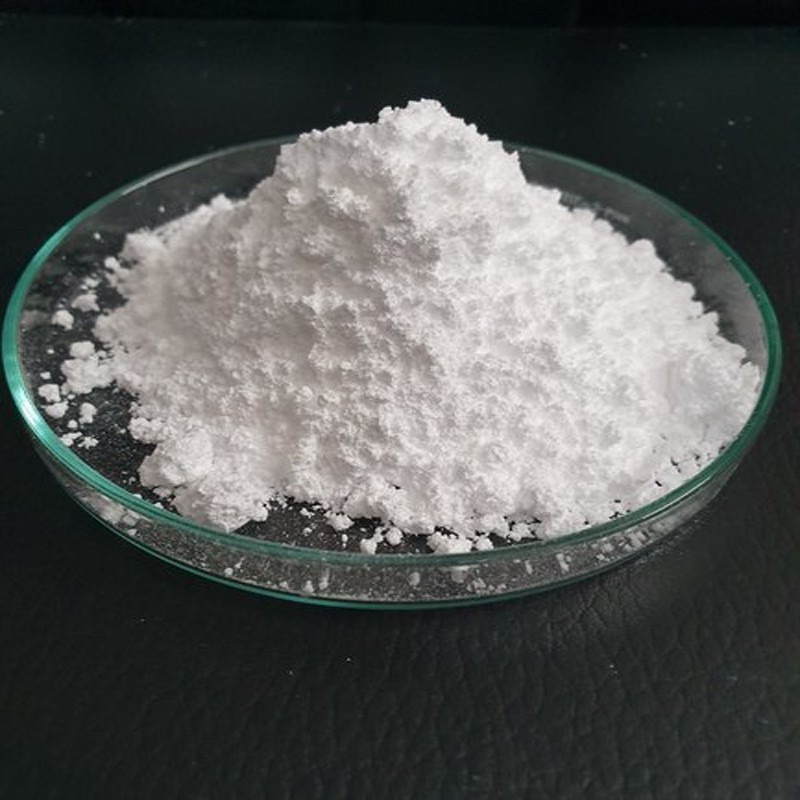Laksh Finechem Pvt. Ltd. is a leading and prominent Manufacturer, Exporter and Supplier of Gadodiamide. MRI contrast agent.Laksh Finechem Pvt. Ltd. is a GMP, FDA, GLP, HALAL, and ISO certified company, specializing in the production of several Pharmaceutical Active Ingredients and its intermediates.
A comprehensive list of products offering, company manufacturing facilities, and capabilities are enclosed for your reference and record.
We have state of the art manufacturing and testing infrastructure viz Glass Lined Reactors, SS316L Reactors, Filtration and Drying Equipment, HPLC, GC, etc.
We cater to the requirements of leading pharmaceutical companies worldwide meeting their stringent requirements based on FDA guidelines.
We will be glad to receive your inquiries about our range of products.
Looking forward to developing a sound and long-term business relationship with you!
Additional Information
| Packaging Details | 25 kg HDPE Carboy |
Gadolinium is a chemical element with the symbol Gd and atomic number 64. Gadolinium is a silvery-white metal when oxidation is removed. It is only slightly malleable and is a ductile rare-earth element. Gadolinium reacts with atmospheric oxygen or moisture slowly to form a black coating. Gadolinium below its Curie point of 20 °C (68 °F) is ferromagnetic, with an attraction to a magnetic field higher than that of nickel. Above this temperature it is the most paramagnetic element. It is found in nature only in an oxidized form. When separated, it usually has impurities of the other rare-earths because of their similar chemical properties.
Gadolinium was discovered in 1880 by Jean Charles de Marignac, who detected its oxide by using spectroscopy. It is named after the mineral gadolinite, one of the minerals in which gadolinium is found, itself named for the Finnish chemist Johan Gadolin. Pure gadolinium was first isolated by the chemist Paul-Émile Lecoq de Boisbaudran around 1886.
Gadolinium possesses unusual metallurgical properties, to the extent that as little as 1% of gadolinium can significantly improve the workability and resistance to oxidation at high temperatures of iron, chromium, and related metals. Gadolinium as a metal or a salt absorbs neutrons and is, therefore, used sometimes for shielding in neutron radiography and in nuclear reactors.
Like most of the rare earths, gadolinium forms trivalent ions with fluorescent properties, and salts of gadolinium(III) are used as phosphors in various applications.
Gadolinium(III) ions in water-soluble salts are highly toxic to mammals. However, chelated gadolinium(III) compounds prevent the gadolinium(III) from being exposed to the organism and the majority is excreted by healthy[4] kidneys before it can deposit in tissues. Because of its paramagnetic properties, solutions of chelated organic gadolinium complexes are used as intravenously administered gadolinium-based MRI contrast agents in medical magnetic resonance imaging. Varying amounts deposit in tissues of the brain, cardiac muscle, kidney, other organs and the skin, mainly depending on kidney function, structure of the chelates (linear or macrocyclic) and the dose administered.

Login To Comment